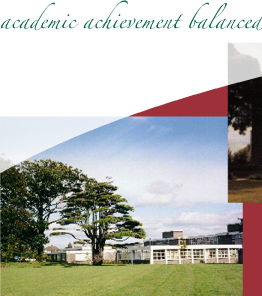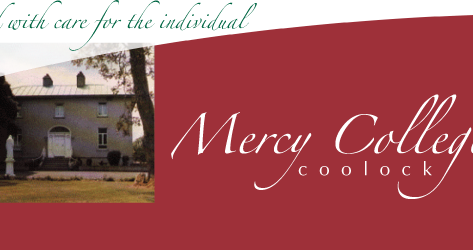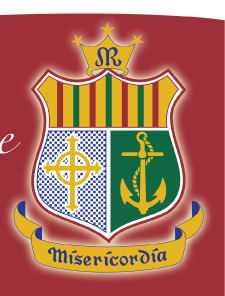|
|
Coolock
Early Coolock
There is 4000 years of history associated with the Coolock area. A Rath or Mound which can be seen in the grounds of Cadburys factory on the Malahide road is believed to be a Bronze Age burial site dating back to 1500BC. People think that the plague mound, or, Gniomh Tamhlacht, of the twelfth part of a ploughland mentioned in early fifteenth century marriage dowry of Elizabeth Hollywood of Artane is the same mound. In 1932 a mound, in Bonnybrook, near the Santry river, was leveled and human remains found. One explanation for the large number of mounds in this area is the theory that the Slighe Cualann, one of the five historic roads of Ireland, passed through Coolock.
With the coming of Christianity a small church was built in Coolock. A primitive stone cross from this period stands today in St. John's Church.
Norman Times
In Norman times Coolock was the property of the Nugent family.
17th to 19th Century
From the 17th to 19th century Coolock saw the building of the first Catholic Church, experienced the Penal Laws and much political disturbance.
Famous People associated with Coolock
Many famous names in history are associated with the Coolock area. Henry Grattan was born in Belcamp Park in 1746. . Unfortunately no trace remains today of this house. Catherine McAuley , the foundress of the Sisters of Mercy lived for over 20 years in Coolock House. This house is now a Convent of Mercy. In St. Johns Church there is a memorial to Arthur Guinness the Second, the Second Lord Iveagh. He was a warden in the church and a contemporary of Catherine McAuley whose life and work he greatly admired. He also was a champion of the poor and underprivileged.
Coolock Today
This area was once thick woods it then developed into a well known farming district which supplied produce to Dublin city. During the 17th and 18th centuries a large quarrying industry developed. Today Coolock is an extension of the city and all farmland has been swallowed up by the development of housing estates. |





